
If there is one thing lacking in a photograph, it’s motion! No matter how long your exposure or how much movement there is in the real world, your resulting photo is frozen. So, it is important to create the illusion of motion, movement, and energy in your still photographs.
In your next assignment for the Outdoor Photography Guide Photo Challenge, you’re going to explore the artistic use of motion in your photographs, and get ideas for subjects to shoot other than just flowing water! Read through this post for specific tips and creative ideas for capturing motion, and make sure to check out the inspiration gallery below.
But first, watch this video for some words of advice on photographing motion from this week’s guest expert, David Culp:
Remember to join the Photo Challenge Facebook Group to share your shots from this week’s assignment!
Tips for photographing motion

I like to shoot motion blur in low light, such as at twilight or at night. If the light isn’t low, there are several ways to reduce the light coming into your lens, including lowering your ISO, using smaller apertures, or using neutral density filters. For this photo, the light wasn’t low enough even at twilight, so I stopped down my lens to get the shutter speed I wanted for the best blur effect. Photo by Ian Plant. Marrakech, Morocco. Canon 70D, 77mm, ISO 400, f/32, 2 seconds.

Usually, you don’t want to render moving elements as complete blurs. Finding the right combination of motion blur and detail can be a challenge. I usually start with a half-second exposure and then experiment from there until I find a shutter speed that produces the most pleasing results. Photo by Ian Plant. Stoovarfjorour, Iceland. Canon 5DIII, 16mm, ISO 100, f/11, 1.6 seconds.
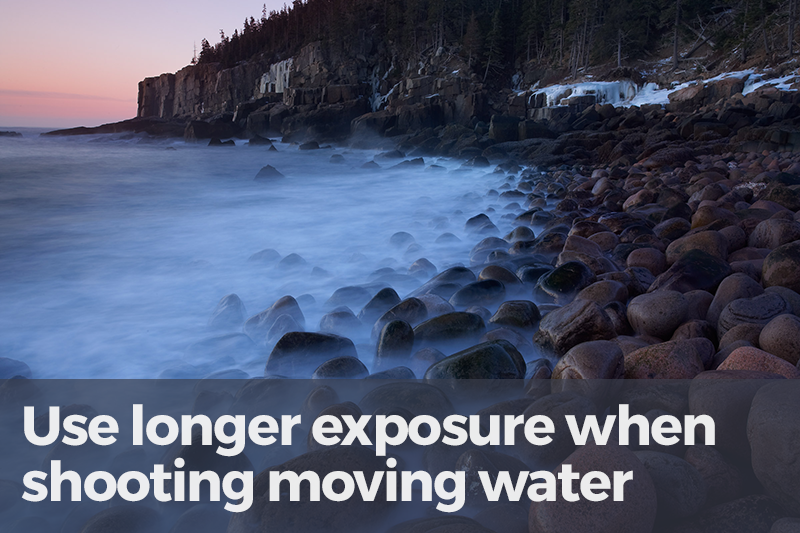
Sometimes, you may want to completely blur moving elements. For this ocean image, I wanted to capture several waves crashing against the shore during a long exposure. There’s very little texture left in the water, giving the motion-blurred waves a “misty” appearance. Photo by Ian Plant. Acadia National Park, USA. Canon 1DSII, 30mm, ISO 50, f/16, 8 seconds.
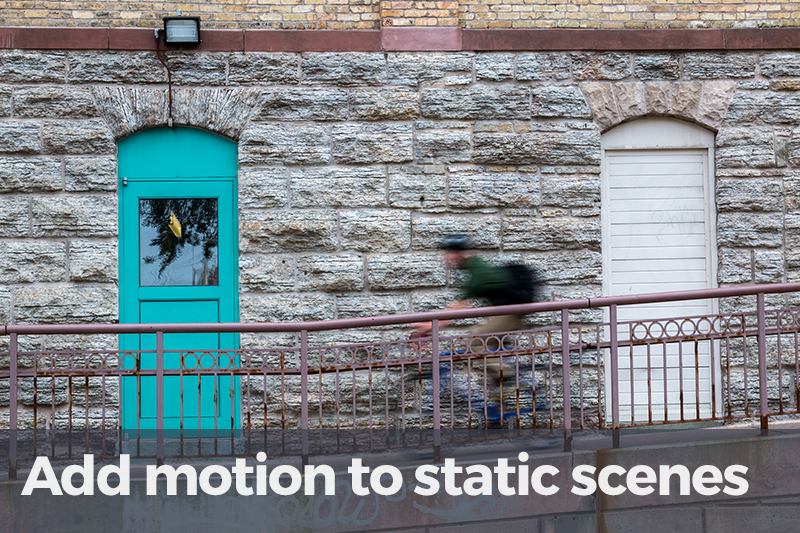
The motion-blurred cyclist brings life to this otherwise static image. With my camera secured on a sturdy tripod, I experimented with several shutter speeds until I found the right balance between blur and detail: too short an exposure, and the cyclist would have been rendered as a completely unrecognizable smear. Photo by Ian Plant. Minneapolis, USA. Canon 70D, 39mm, ISO 100, f/13, 1/30 second.

Here, I used a 3-stop neutral density filter to achieve a long shutter speed in order to blur the motion of pedestrians (each “stop” of the filter doubles your exposure time). It was important to have my main subject (the man sitting in the chair) completely still during the exposure. Photo by Ian Plant. Fes, Morocco. Canon 70D, 19mm, ISO 200, f/11, 0.8 seconds.
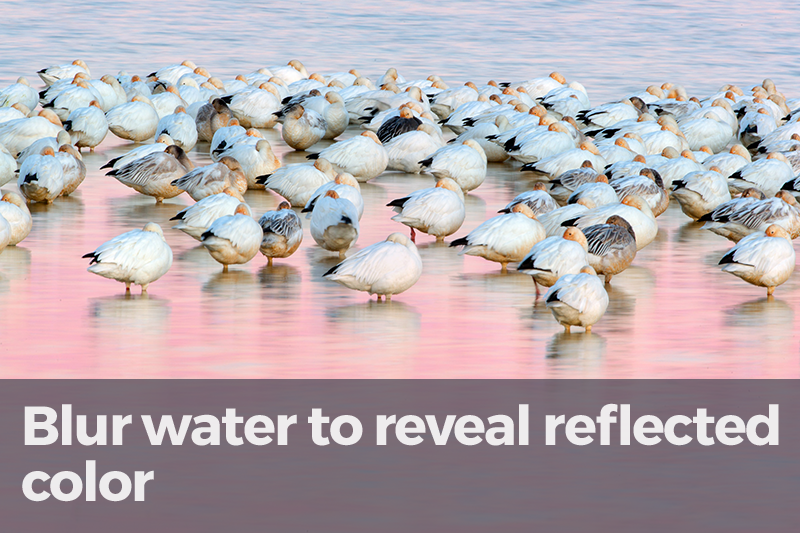
With my telephoto lens secured on a sturdy tripod, I stopped down to a small aperture in order to get a one-second exposure. The sleeping snow geese – which were mostly motionless – are rendered sharp, but the movement of the rippled water is smoothed out during the exposure, allowing it to strongly reflect the pink and blue hues of dawn. Photo by Ian Plant. Chincoteague National Wildlife Refuge, USA. Canon 5DIII, 700mm, ISO 125, f/32, 1 second.

The best shutter speed will depend on how much blur you want and how fast objects are moving. For this image of clouds streaking across a twilight desert sky, I experimented with several shutter speeds, finding that two minutes blurred the clouds too much, and 30 seconds didn’t blur them enough. One minute was perfect! Photo by Ian Plant. Cathedral Gorge State Park, USA. Canon 5DIII, 15mm, ISO 50, f/14, 1 minute.

By moving your camera during a long exposure, you can create beautiful photos with a “painterly” feel. For this image of spring trees, I vertically panned my camera during the exposure. It took several tries to figure out the best shutter speed and rate of panning, and then it took many more tries to come up with a pleasing result! Photo by Ian Plant. Shenks Ferry Wildflower Preserve, USA. Canon 5DII, 180mm, ISO 50, f/18, 2 seconds.

I panned my camera in the same direction as this roaming jackal, intentionally creating an artistically blurred image. The result implies motion, and has an impressionistic feel to it. Photo by Ian Plant. Etosha National Park, Namibia. Canon 5DIII, 700mm, ISO 400, f/32, 1/10 second.

Holding my camera as steady as possible, I walked behind this man as he strolled through an alley. He is rendered relatively sharp, whereas the rest of the scene becomes an artistic blur. Photo by Ian Plant. Fes, Morocco. Canon 70D, 16mm, ISO 320, f/8, 0.4 seconds.

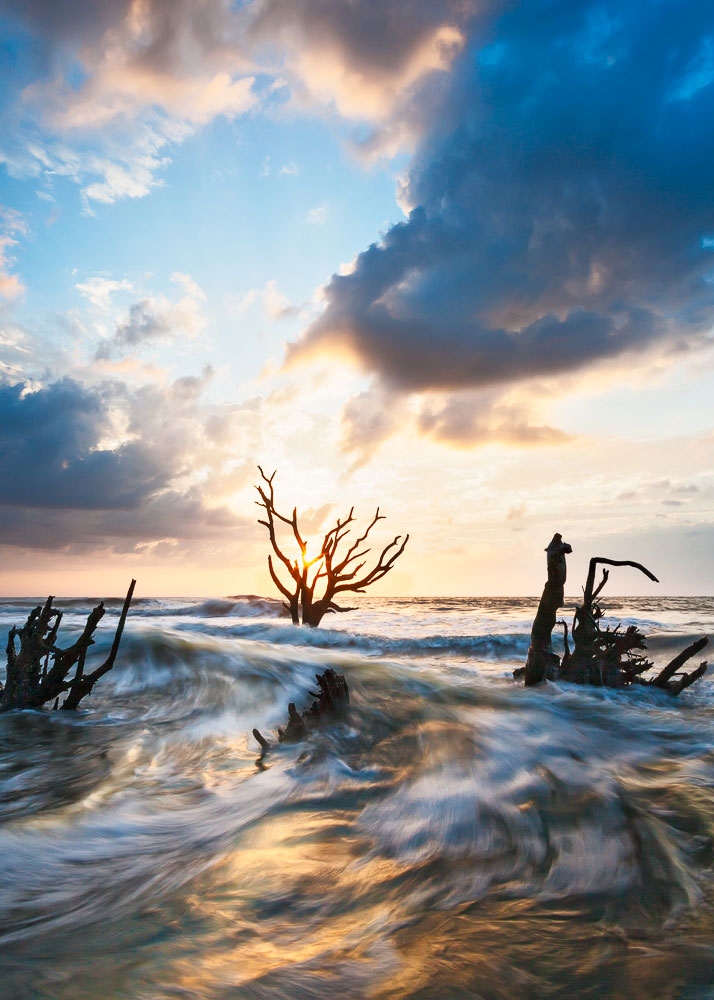
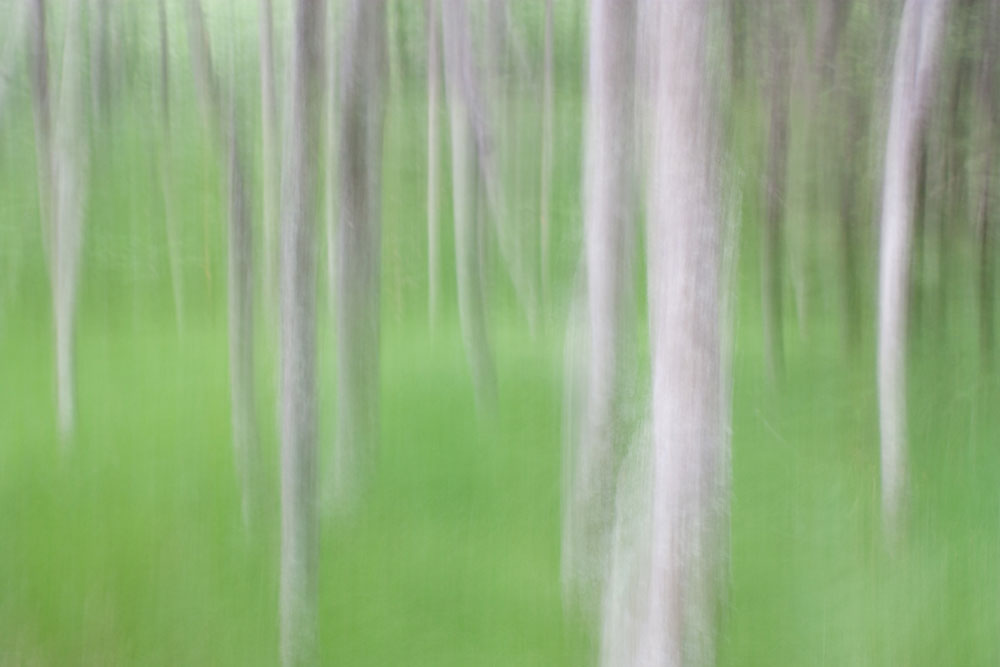
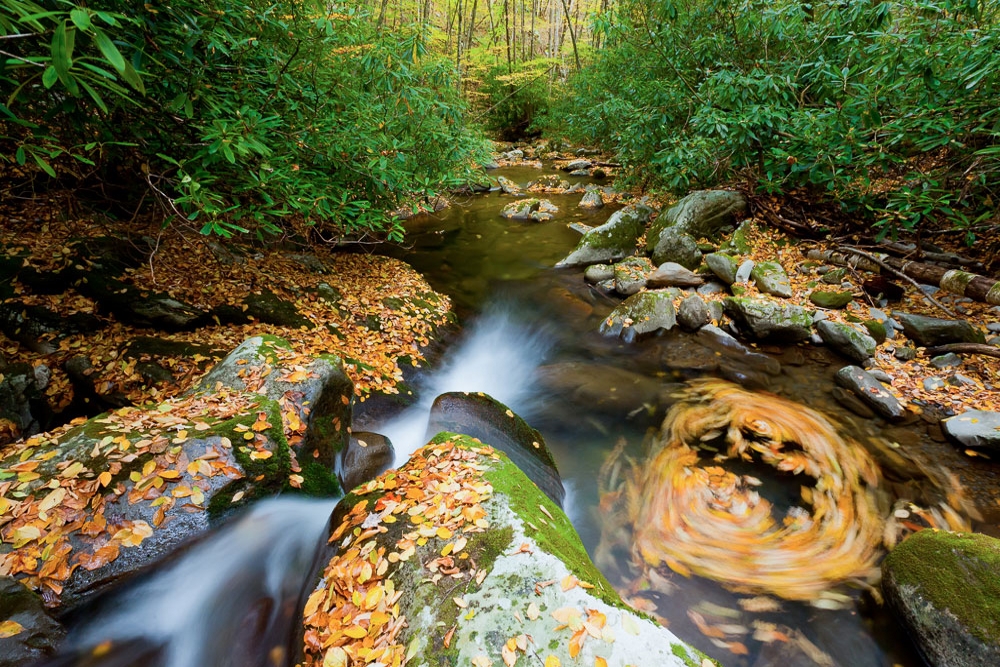
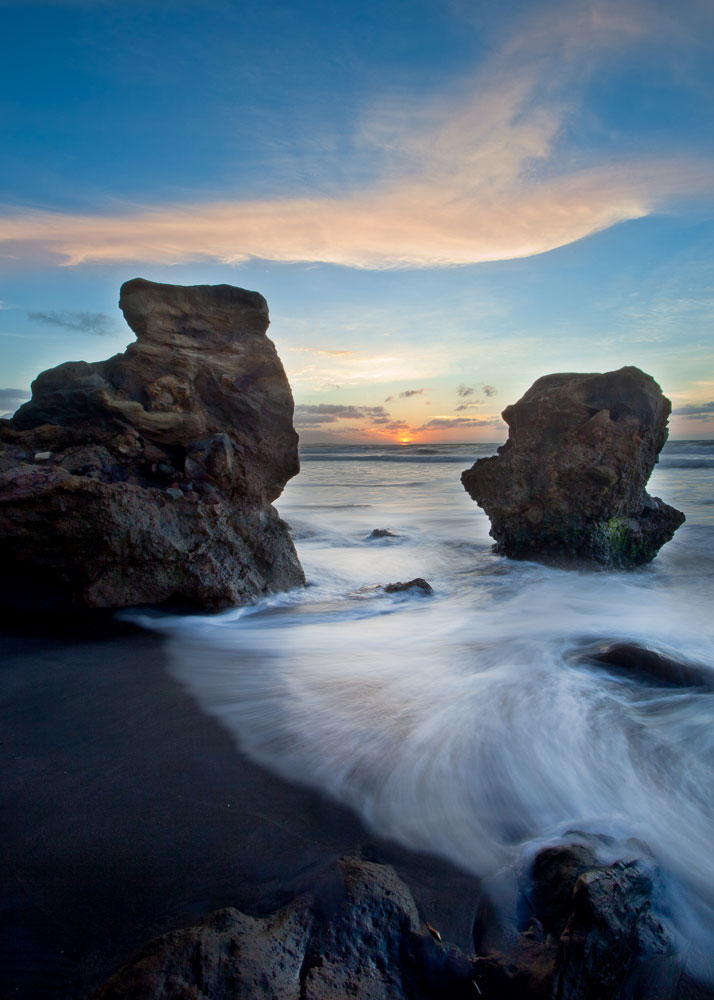
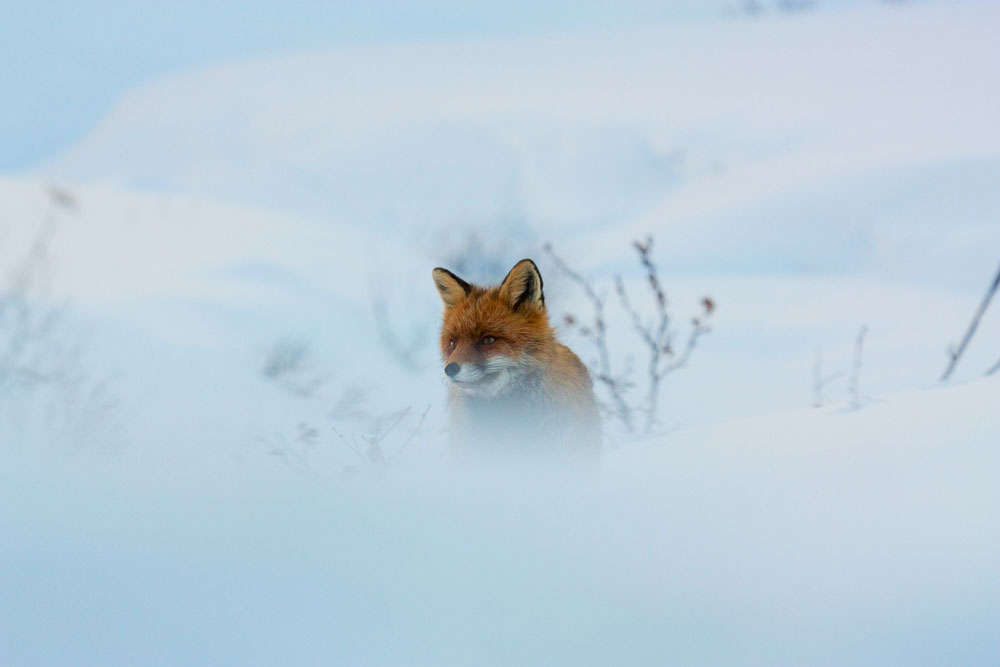
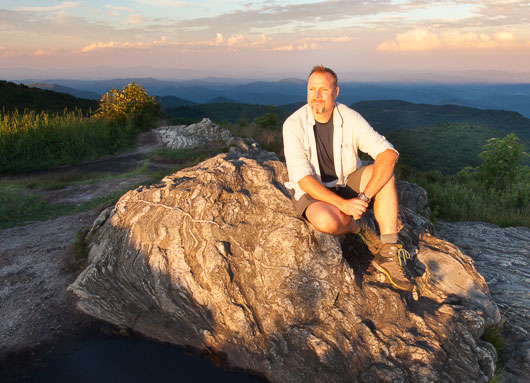



I was shooting birds at our local park when I turned around and saw this duck flying directly toward me. I quickly snapped the photo and ended up with a favorite motion photo.